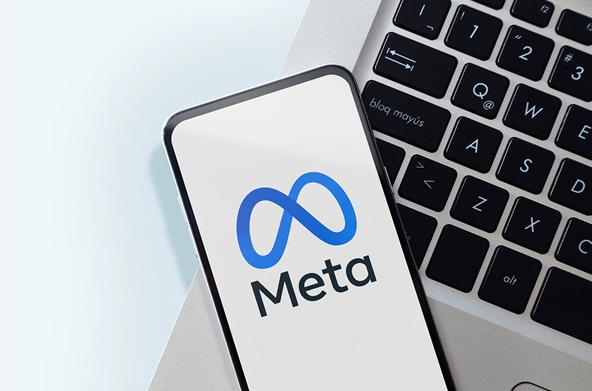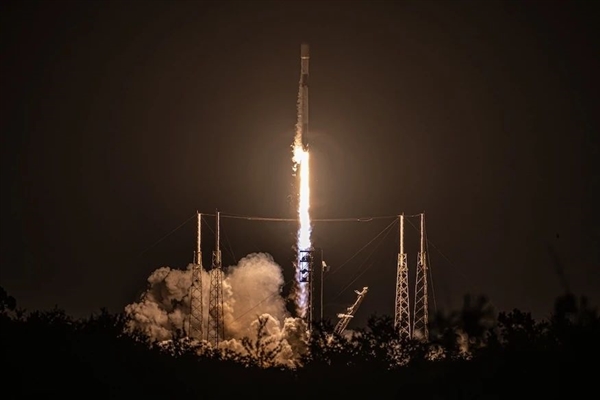December 8, 2024 – Meta has recently unveiled its latest AI model, Llama 3.3, which the company describes as its most efficient and cost-effective model yet. With 70 billion parameters, the model is significantly smaller than its predecessor, Llama 3.1, which boasted 405 billion parameters. However, Meta claims that Llama 3.3’s performance is on par with the larger model.

According to Meta, Llama 3.3 offers a high-quality text AI solution while reducing operational costs. This is because it can run on a standard workstation, eliminating the need for expensive specialized hardware. This makes the model accessible to a wider range of users and businesses.
One of the key improvements in Llama 3.3 is its enhanced multilingual support. The model now supports eight languages, including English, German, French, Italian, Portuguese, Hindi, Spanish, and Thai. This multilingual capability opens up new possibilities for international applications and users.
Architecturally, Llama 3.3 is an auto-regressive language model that utilizes an optimized transformer architecture. The fine-tuned version of the model incorporates supervised fine-tuning (SFT) and reinforcement learning based on human feedback (RLHF). This ensures that the model aligns with human preferences for usefulness and safety.
With a context length of 128K, Llama 3.3 supports various tool formats, facilitating integration with external tools and services. This extends the functionality of the model, making it more versatile and adaptable to different use cases.
Meta has also prioritized security measures in Llama 3.3. The company has implemented data filtering, model fine-tuning, and system-level security protections to minimize the risk of model misuse. Additionally, Meta encourages developers to adopt safety measures such as Llama Guard 3, Prompt Guard, and Code Shield when deploying Llama 3.3 to ensure responsible use of the model.












